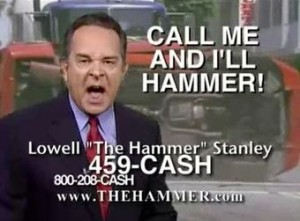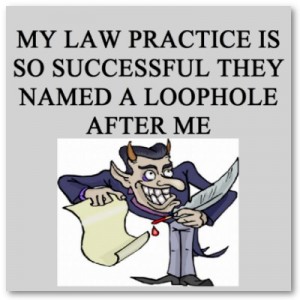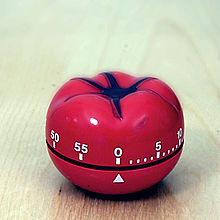Some people’s lives are incredibly busy. They have a job and a business. Or two businesses.
They have a husband or wife, kids, and large extended families. They take great vacations and love planning them. They have several hobbies they love, love, love. They exercise every day.
They are handy around the house and like decorating, cooking, or gardening. Or all three. They create their own Christmas cards and include a personal note in every one. They are active in their church, home owner’s association, and PTA. They are a Cub Scout leader. They post every day on Facebook, Twitter, Pinterest, and their personal blog. And oh yeah, they’re also writing a book.
If this is you, I have to ask, “How do you do it?” How do you cram so much into your life?
You must know that most people aren’t like you. Most people can’t do everything you do. I’m one of them. Just thinking about your day makes me sleepy.
Oh, I do admire you. You’re amazing. I just don’t want to be like you. But then, you probably don’t want to be like me.
My life is much simpler. Even when I was putting in long hours in my practice and our daughter was young and there was dance and piano and sports, my life was a cake walk compared to yours. My wife and I were busy (by our standards), but more importantly, we were happy.
And today, we’re even less busy, but just as happy.
Being busy means different things to different people but being busy isn’t what’s important. If you’re surrounded by people you care about and do work that makes a difference, that’s what counts.
Tonight, when your head hits the pillow and you think about your day, don’t ask yourself if you did enough, ask yourself if you’re happy. If you are, great! Have a nice sleep. If not, ask yourself what you need to change. It could be something big, like a new career or a new spouse. More likely, you’re simply trying to do too much.
Want to be busier with more work? Get The Attorney Marketing Formula.











